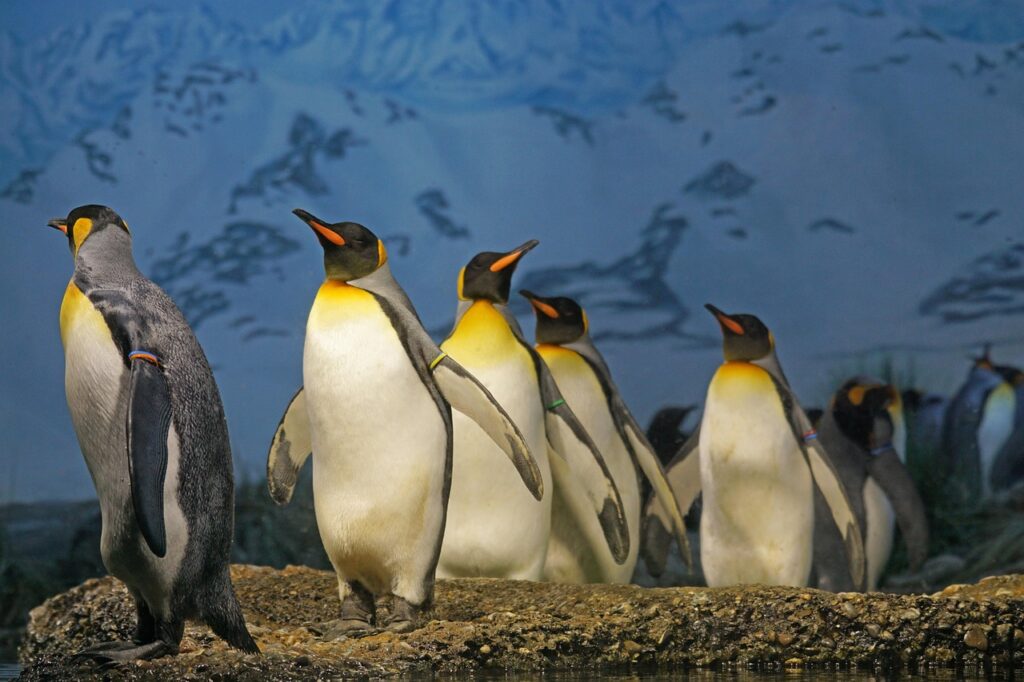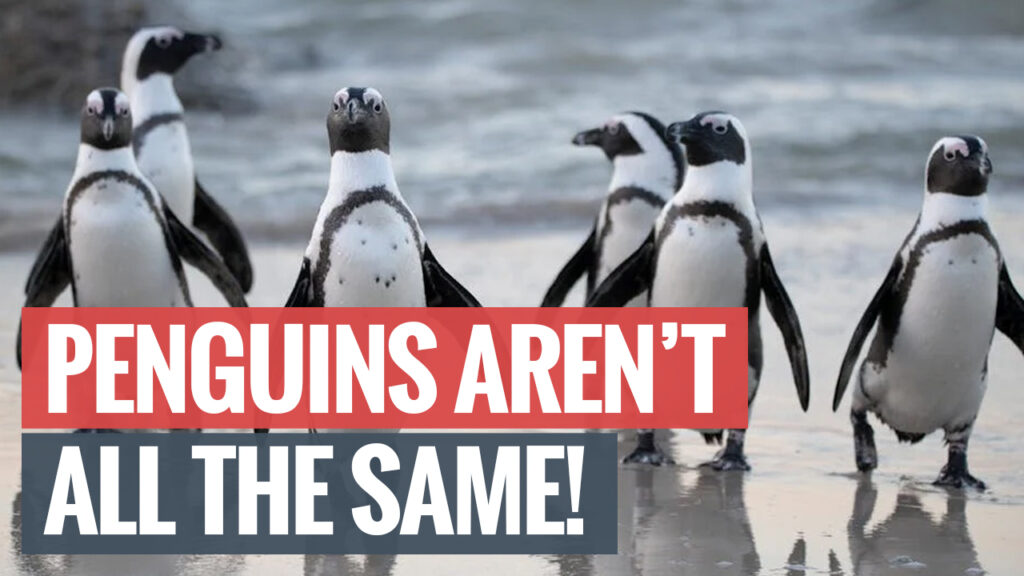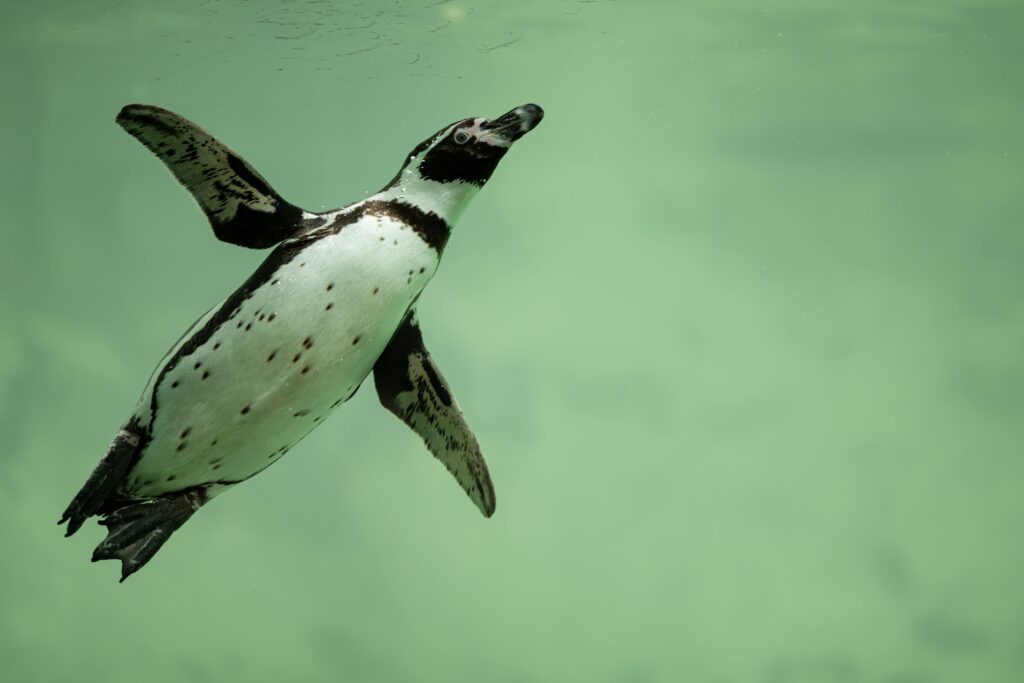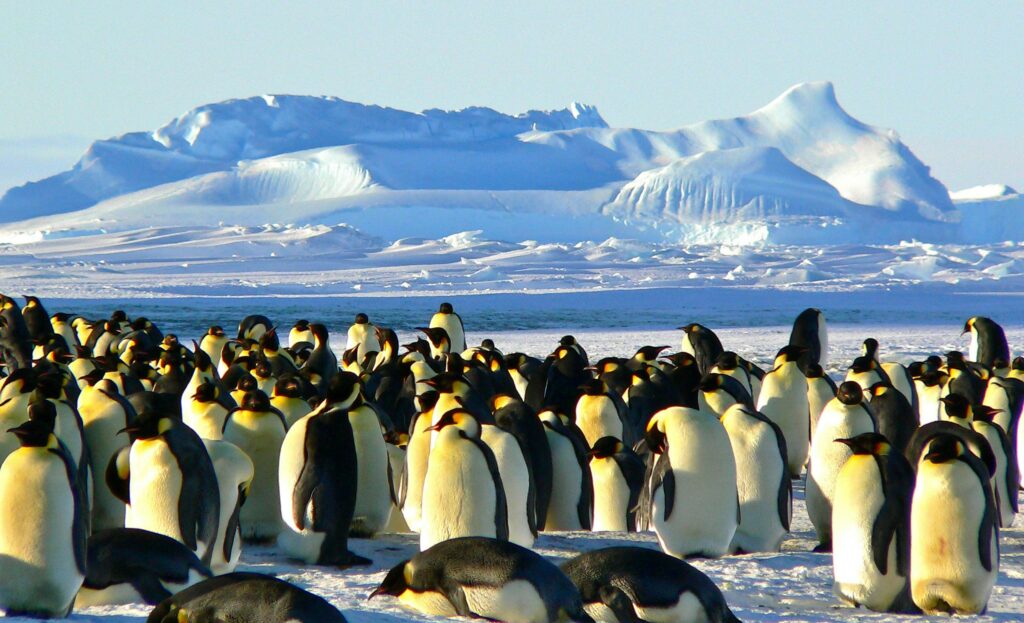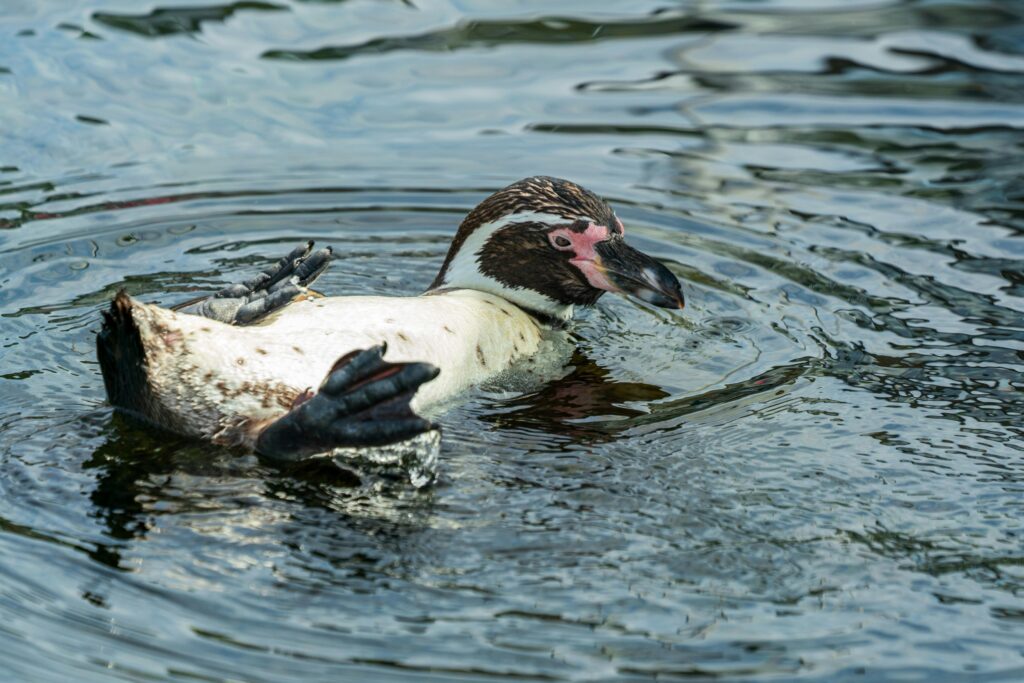Understanding the Survival Instincts of Penguins in Harsh Environments
When you think of penguins, the image that likely pops into your mind is one of adorable, waddling birds slipping over icy plains or diving gracefully through frigid waters. But behind those comical movements and heartwarming colony scenes lies a world full of danger—predators above and below, unpredictable weather, and environmental threats.
So how do penguins survive? More importantly, how do they sense and respond to danger?
Let’s waddle into their world to explore the incredible ways penguins detect and avoid threats in the wild. 🧊
1. 🦅 Watch the Sky: Penguins and Aerial Predators
One of the most common dangers penguins face comes from above. Birds like skuas, giant petrels, and sheathbills prey on penguin chicks or eggs left unguarded.
But penguins are not helpless.
Penguins have developed an exceptional ability to:
- Monitor the sky while on land.
- Use group alert behaviors, where one alarmed penguin can trigger a chain reaction of awareness.
- Position their nests or colonies in areas with rocky cover or cliffs to make aerial attacks more difficult.
Some researchers believe penguins may also rely on visual cues such as shadow recognition—detecting sudden movements or shapes above as signs of possible predators.
2. 🌊 Underwater Awareness: When the Hunter Becomes the Hunted
Underwater, penguins become swift torpedoes—but even then, they are vulnerable. In the Southern Ocean, leopard seals and orcas (killer whales) lurk beneath the ice.
So how do penguins sense danger beneath the surface?
✅ Vision plays a major role. Penguins have evolved:
- Exceptional underwater eyesight, adapted to dim and blurry conditions.
- A wider field of view than many other birds, letting them scan their surroundings as they swim.
✅ Swim patterns as defense:
- Penguins often swim in zig-zags or loops to confuse or detect pursuing predators.
- Some penguin species also leap out of the water (“porpoising”) to breathe and scan the horizon.
Studies suggest penguins are constantly reading water vibrations, light changes, and even the presence of air bubbles—which could hint at an approaching predator.
3. 🐧 Safety in Numbers: The Group Alert System
Penguins thrive in colonies of hundreds or even thousands. This isn’t just for warmth—it’s also for safety.
When danger approaches:
- One penguin’s reaction becomes everyone’s clue.
- The group uses vocal alarms or sudden movement patterns (like running, freezing, or stampeding) to respond.
Interestingly, some species—like the Adélie penguin—are known to sacrifice safety by pushing one individual into the water first. If that penguin makes it back alive, others follow. It’s not exactly noble… but it’s effective.
Group behavior acts as a massive radar system: the more eyes, the better the chances of spotting a threat early.
4. 🎧 Silent Sensitivity: Do Penguins Use Sound to Detect Danger?
Penguins may not have large external ears, but their hearing is surprisingly sharp—especially in detecting high-frequency or low-pitched calls of predators like seals or whales.
Also:
- Penguins are attuned to alarm calls from other birds.
- On land, they use their own vocalizations to signal concern, rally mates, or locate chicks quickly in chaotic crowds.
There’s even some speculation that penguins can hear ice cracking or shifting, helping them avoid crevasses or unstable terrain.
5. 🧠 Instinct + Learning = Survival
Not everything is purely instinctual. Penguins also learn through experience:
- Young penguins mimic adult behavior to understand predator signs.
- Failed hunts or close calls teach penguins to avoid certain zones or surfacing habits.
In captivity, penguins have shown the ability to recognize familiar humans, showing they can differentiate between safe and unsafe figures—another sign of evolved threat perception.
6. ⚠️ Environmental Dangers: Climate Change and Human Intrusion
Not all threats are natural.
Penguins are increasingly exposed to:
- Shrinking ice habitats
- Pollution and oil spills
- Plastic ingestion
- Tourist or research-related stress
Unfortunately, these dangers are harder to detect and avoid, making them the deadliest kind. Penguins have no evolutionary toolkit to prepare for melting glaciers or chemical contamination.
But some species, like the gentoo penguin, are showing adaptive behaviors—migrating to new nesting areas, altering diet, or adjusting timing for molting.
Nature is pushing penguins to evolve their sense of danger beyond predators—to include humanity itself.
7. Final Thought: Survival Through Sensing
It’s easy to think of penguins as cute and defenseless, but their world is shaped by an incredible ability to sense danger, adapt, and endure.
From silent waters to crowded colonies, every move they make is calculated to stay one step ahead of threat. It’s not just luck that keeps them alive—it’s intuition, evolution, and a little bit of clever teamwork.
So the next time you see a penguin standing still, staring at the sky or diving like a rocket—remember: it might just be sensing danger in ways we can’t even imagine.
